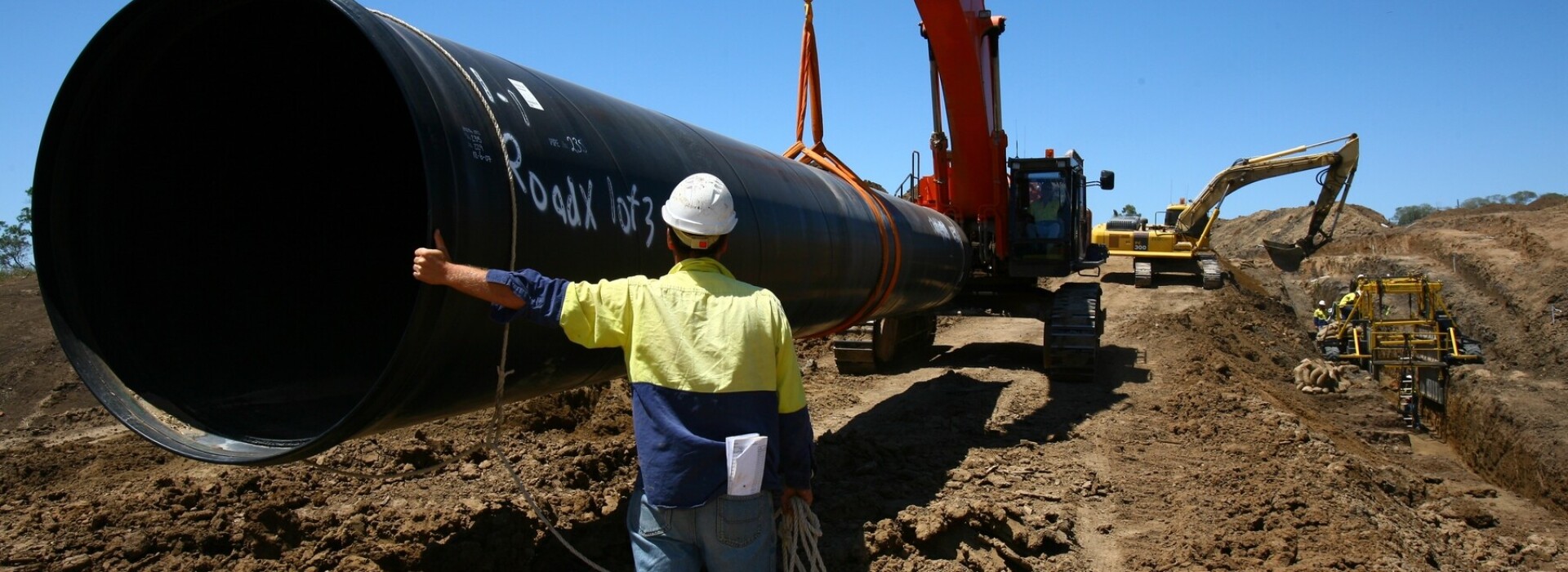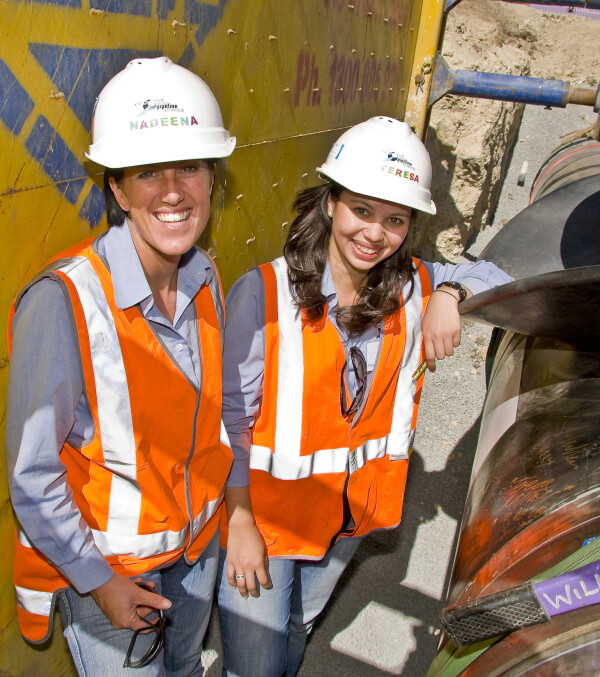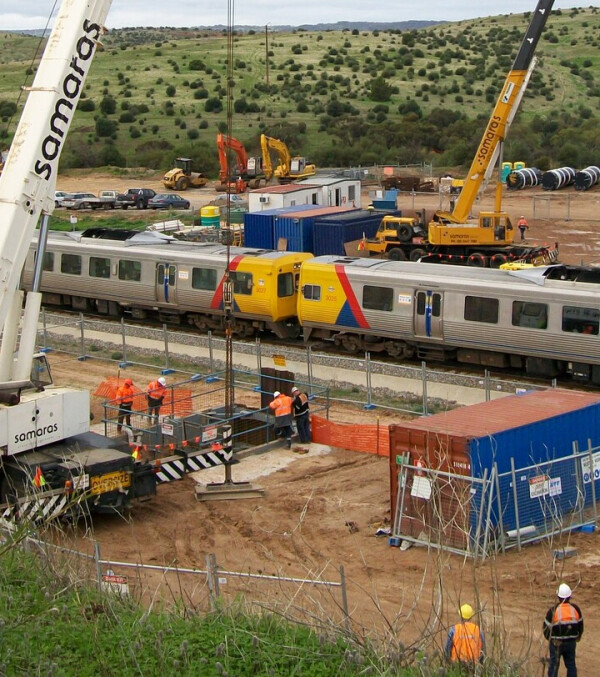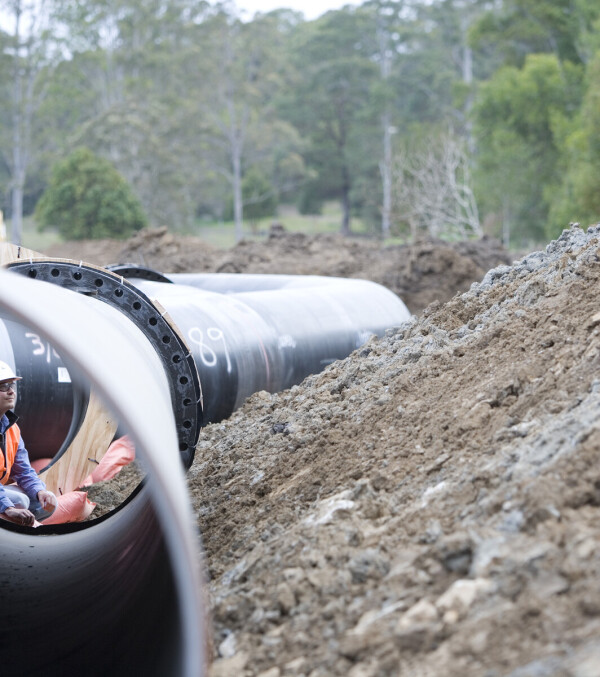|
Customer: Queensland State Government Contract: Alliance Location: South East Queensland |
Fast Facts:
|
In alliance, we delivered the Western Corridor Recycled Water Pipeline (WCRWP), the backbone of the largest advanced recycled water project in the southern hemisphere and third largest in the world.
The project was an integral component of the Queensland Government’s A$9 billion South East Queensland Water Grid, the largest urban drought response in Australia.
Our Alliance was responsible for the design, construction, and commissioning of a network of large diameter water pipelines, pump stations and storages between Bundamba and Caboonbah. The purified recycled water is produced at Bundamba advanced water treatment plant and is supplied to Tarong power station and Wivenhoe Dam.
The major elements of our scope of work were:
- 32 km of 1500 mm diameter MSCL pipeline from Bundamba to Lowood;
- 48.3 km of 1000 mm diameter GRP pipeline from Lowood to Caboonbah.
A 16 km long, 1200mm diameter branch pipeline was also constructed from Lowood pump station to Lake Wivenhoe.
To mitigate impacts on roads, rail and other infrastructure, numerous trenchless crossings were completed by our team, including a large tunnel (1500 mm) bored underneath the Bremer River.
Supporting the pipeline are seven pumps at Bundamba (collectively pumping more than 230 ML per day) and a large pumping station in the Lowood industrial estate. Two 5 ML water tanks were also constructed, one near Lowood for storage and a balancing tank near the town of Esk.
Innovations
The project team developed a number of innovations during the project including the use of standardised pipe bends to simplify procurement and materials handling; rock prospecting - sending out drilling crews ahead of the main laying crew to determine geotechnical conditions; and the development of a robotic trench shield that reduced the need for benching.




